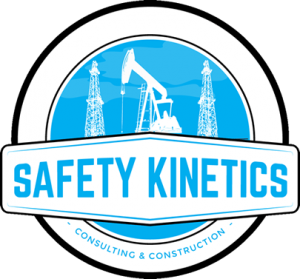
Your precious eyes are a marvel of engineering. Most of us take them for granted as we
do all our senses until an accident, injury, or disease forces us to realize the miracle we
lost or almost lost. Can you imagine a system that can take (absorb) light and convert it
to electrical signals (by way of the 120 million rods and 6 million cones on the retina)
and transfer these signals through an optic nerve, which has about one million fibers,
directly in to the brain.
Most of us see the world in living color and with depth perception. The body itself does
much to protect the eyes. There is a bony eye socket in the skull which protects the eye
from many mechanical injuries. There are orbital fluids and tissues which cushion direct
blows. Eyelids close reflexly from visual or mechanical stimuli. Eyes reflexly rotate
upward with lid closing to protect the cornea. Tears can flush away chemicals and
foreign objects. We all come with these safeguards. Sometimes, they are not enough.
Eye protection is required by OSHA (and common sense) on the job site when there is
a possibility of eye injury. Eye injury is not confined to flying objects. Eye injury can be
caused by bright light, dust, chemicals, heat, and literally, anything that can reach the
eye. Different dangers require different types of protection. Federal law requires that all
prescription glasses be made with impact-resistant lenses. Hardened lenses, through a
tempering process, are extremely hard and resistant to impact and breakage. Safety
lenses are similar to hardened lenses but are 1 mm thicker. Safety lenses are used in
goggles where there is a danger of flying glass or chips of metal.
First Aid procedures, per the American Trauma Society, for the three major types of eye
injury are:
FOREIGN OBJECT IN THE EYE: Have the victim pull upper eyelid over lower eyelid.
Run plain water over open eye. If object does not wash out, cover both eyes with a
gauze dressing and seek medical help promptly. DO NOT rub the eye.
WOUND TO THE EYE: Apply loose sterile dressing over both eyes. Seek medical
attention immediately. For bruising or “black eye”, a cold compress or ice pack may
relieve pain and reduce swelling. DO NOT try to remove any embedded object. DO
NOT apply pressure to the eye.
CHEMICAL BURN: Flush immediately with water over open eye for at least 10 minutes
(20 minutes if alkali). It may be necessary to hold patient’s eyelid open. Cover both
eyes with sterile dressing. Seek medical attention immediately. DO NOT put anything
but water in the eye.
Remember, an inexpensive pair of safety glasses can save your priceless eyesight.
